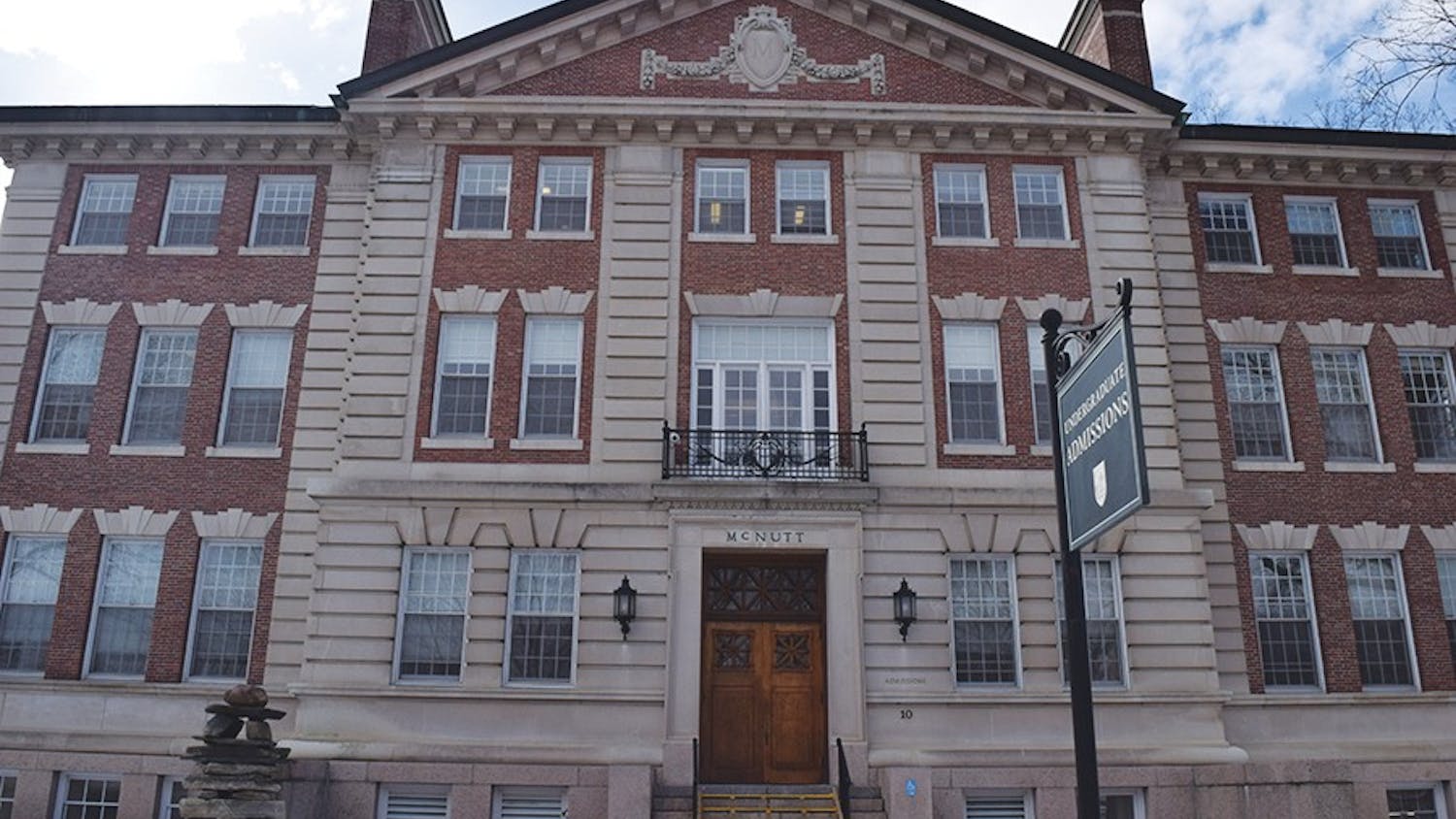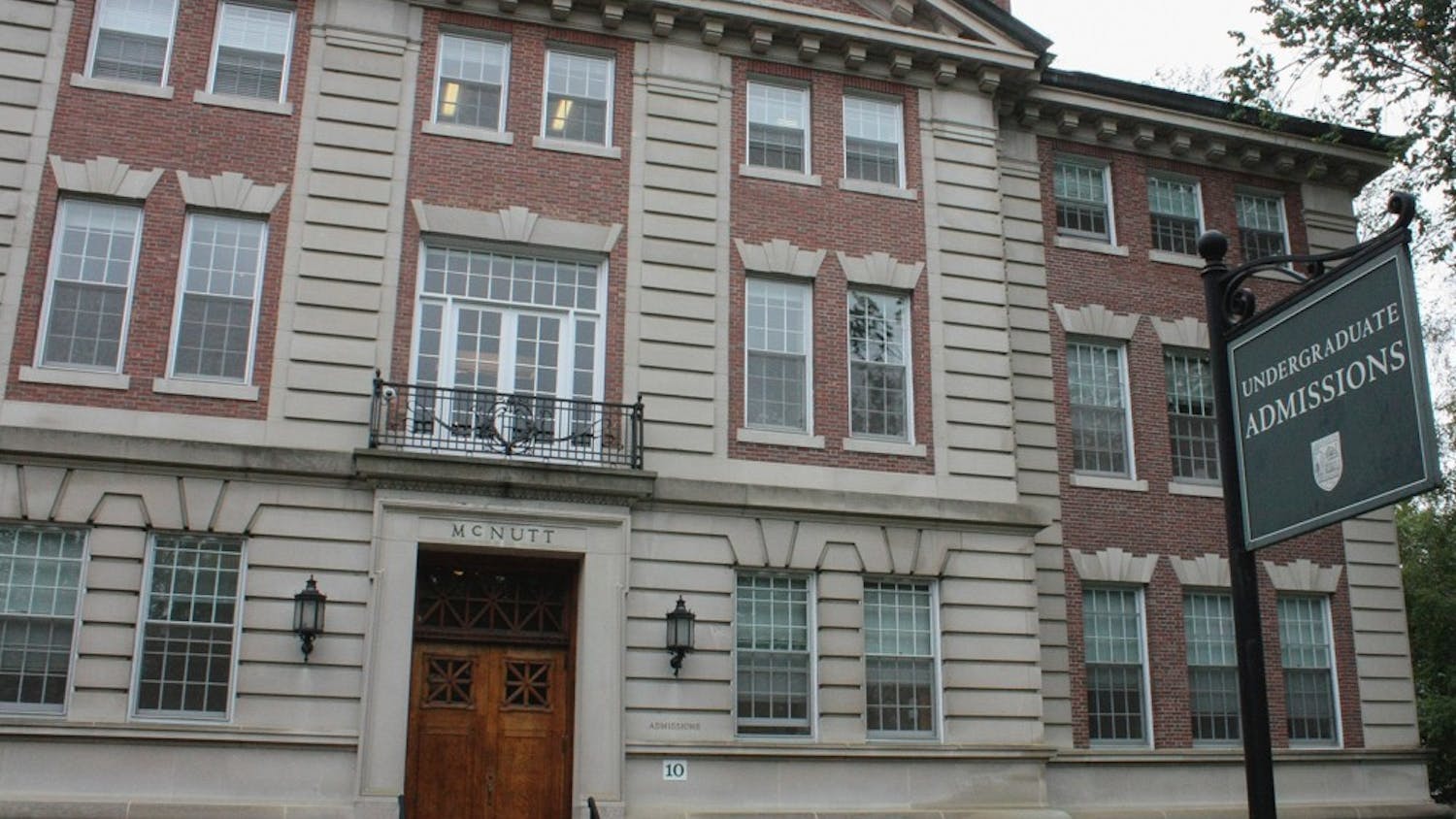This past December, the College offered admission to some 547 early decision applicants for the Class of 2024. These applicants applied under a binding agreement — if accepted, they had no choice but to attend Dartmouth. While this admission cycle’s numbers are a slight decrease from the 574 students admitted through early decision last year, they are still startlingly high; the College admits almost half of its freshman class through early decision. For the Class of 2022, early-decision admits made up 49 percent of the incoming class. This trend is consistent with practices in the rest of the Ivy League — but that doesn’t make it a good idea.
Early decision traces its routes back to the so-called “ABC system,” an admissions process used in the 1950s by Harvard, Yale and Princeton. Admissions officers would visit a few elite New England prep schools and assign A, B or C ratings to students according to the likelihood of their admission. Crucially, this special line of admission was only available to students at the most elite high schools in the country.
To compete with the ABC system, Dartmouth joined with a number of other colleges in the late 1950s to introduce early decision. As time went on and preferential admissions for the elite became less palatable, the justification for early decision changed. The baby boomer generation had already gone through college and applicant pools were shrinking. Schools began to justify their early-decision programs as a means to offer admission to a reasonable number of applicants who where most likely to attend their institution.
Since then, and as the college admissions process has become increasingly competitive, early decision programs have remained — particularly as a means for elite institutions to select high-quality candidates without fear that another school could pillage their incoming class. Yield rate — the percent of accepted students who attend — is a key statistic in many college rankings, and it’s no secret that a large early decision class helps bump a school up in the U.S. News & World rankings. As such, early applicants get in at a higher rate.
Perhaps, as some admissions officials claim, early acceptance rates are higher due to a higher average quality of early applicants. But as early as 2000, researchers from Harvard’s Kennedy School of Government found that across 14 selective colleges, an early-decision application gave an advantage comparable to an extra 100 points out of 1600 on the SAT. People paid attention; the former editor of U.S. News urged the 10 most selective schools in 2001 — Harvard, Princeton, Columbia, Stanford, Yale, Brown, CalTech, MIT, Dartmouth and Georgetown — to take five years off from early decision programs in order to determine whether the programs had any real merit.
There are a number of reasons why a student might choose not to apply to a school through a binding agreement. Chief among them, at least when considering ability to actually attend, is that students might want to compare the different financial aid packages offered by all of the schools that they might be able to get into. While Dartmouth deliberately states that any student who does not receive sufficient financial aid may be released from an early decision agreement, applying early still prevents a student from exploring aid offers from comparable institutions.
In 2006, both Harvard and Princeton announced plans to eliminate their early application programs for students entering college in 2008. Each school explicitly stated that their decision was based on a desire to level the playing field for students who needed to wait to compare their financial aid packages before they could make a decision — a move which was comparatively less risky for the two Ivies due to their consistently high yield rates.
But after a few admissions cycles, both universities determined that they needed some form of early admission to compete with the early options offered by other schools. Harvard and Princeton decided to implement a restrictive early action program, which functions like early decision save for a key difference: admission is non-binding, and students can still apply to other schools during the regular application process and compare financial aid. Restrictive early action has hardly reduced Harvard and Princeton’s early application yields; Harvard maintains the single highest admissions yield rate in America.
In 2006, this Editorial Board recommended that the College move away from binding early decision — and that was before
Harvard and Princeton announced their proposed changes. That editorial prompted a response from then-dean of admissions Karl Furstenberg, who argued in a guest column in The Dartmouth that his office was not any less selective with early applicants than those who chose the regular deadline. At that point, only 35 percent of the incoming class was admitted through early decision.
Interestingly, Furstenberg also argued that early action programs could raise the size of the applicant pool and drive down acceptance rates, and that students appealed financial aid at similar rates regardless of which pool they were admitted from. But it’s hard to account for high schoolers who may have foregone an early decision application to better weigh their financial options or those who simply did not have the time or resources to fully explore the educational opportunities they were interested in.
None of this implies that there is something inherently bad about those students who enter their senior year set on pursuing a life in Hanover. But wanting to commit to the College as your first choice does not necessitate an early decision program, and could be substituted with a number of alternative mechanisms that would still encourage prospective students to declare their interest early and often in a way that does not advantage them unnecessarily.
Dartmouth’s peer universities have already turned away from early decision. It’s time that Dartmouth does the same. If yield rates are such a pressing concern, then the College should switch to restrictive early action. But by no means should the College continue to raise its yield statistics through a process that prioritizes financial means and an amorphous concept of “commitment” over real merit.
The editorial board consists of the opinion editors, the executive editor and the editor-in-chief.



